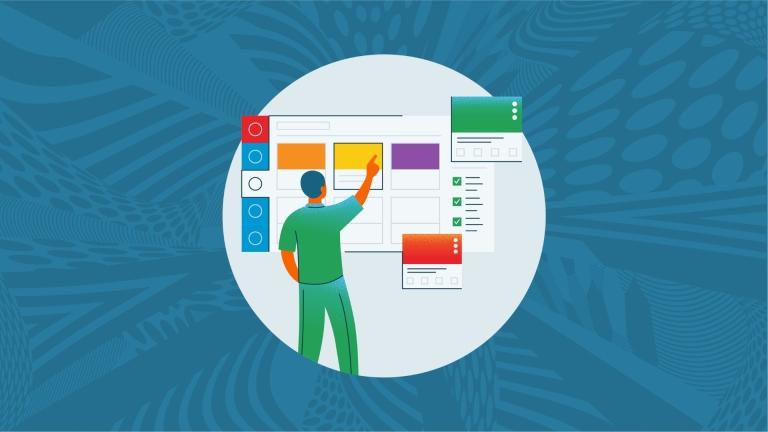Education, like other industries, faces the unending challenge of digital transformation. A prime example is the adoption of a new Learning Management System (LMS).
Implementing an LMS requires not just an understanding of technology but also a grasp of change management. This is because a successful transition doesn’t just happen at the technical level — it encompasses all layers of the educational institution, especially people.
A comprehensive LMS change management framework is instrumental for a successful digital transformation in K12 and higher education environments. Such a framework ensures the transformation process isn’t a random sequence of tech updates but a well-thought-out strategy. It takes into account leadership, people, and communication, which research shows can “induce strong foundations of a sustainable and resilient digital transformation in organizations.”
Below is how this framework should be built:
1. Put Tech-Savvy Leaders at the Forefront
Digital transformation in education is no small task. It requires the right people, with the right skills, in the right positions. This starts with solid leadership.
Leaders who are knowledgeable about digital technologies and trends can help navigate digital transformation. They also need to comprehend how to seamlessly integrate LMS into the current system and possess a strong belief in the potential of the change.
Leadership commitment is another significant predictor of a successful transformation. Leaders need to be committed and dedicate their full time to the change effort — not just being present but being actively involved in the process.
2. Empower All Stakeholders to Work in New Ways
Digital transformation isn’t a top-down process. As said above, it requires changes at all levels and involves all employees, educators, teachers, students, and parents. New ways of working, like taking calculated risks, promoting collaboration, and focusing on teaching and learning experiences, become paramount.
The voices of all stakeholders need to be included in discussions about where LMS can and should be implemented. When teachers, students, and other education professionals are empowered to express their ideas, they become more engaged and invested in the change process. This collaborative approach paves the way for a more successful digital transformation.
3. Create a Change Story
It’s important to communicate a compelling change story that enables all stakeholders — from educators to administrators, students, and parents — to envision the trajectory of change. A well-communicated change story can help everyone understand the why, what, and how behind the change.
Knowing how people behave and react to change is also critical. People’s reactions to change can be complex, varying greatly based on their experiences and perspectives. Acknowledging this, being proactive in managing these reactions, and supporting individuals throughout the process, can make the transition smoother and more successful.
While digital transformation may be challenging, it also offers opportunities for growth and innovation. The key to harnessing this potential lies in an effective LMS change management framework that includes committed leadership, empowered people, and a compelling change story. With this in mind, educational institutions can have successful digital transformation and emerge stronger on the other side.
Checkout out this case study, “A Team-Centered Approach to Rapid Adoption,” to see how Temple University embraces change management to successfully deploy Canvas LMS across their organization.
Related Content
 inst-3step.jpg
inst-3step.jpgBlogs
 digging_deep_into_2025s_learning_trends_the_state_of_higher_education_in_anz_-_thumbnail_1.png
digging_deep_into_2025s_learning_trends_the_state_of_higher_education_in_anz_-_thumbnail_1.pngBlogs
 13lmsfeaturesthatbenefitstudentlearning.jpg
13lmsfeaturesthatbenefitstudentlearning.jpgBlogs
